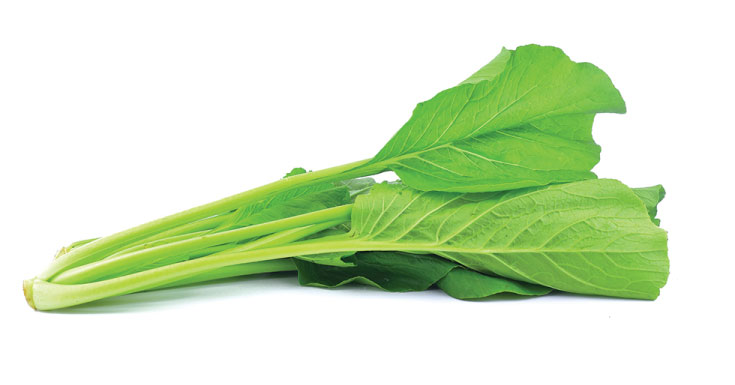Who among us are not familiar with our favourite green vegetables, namely the sawi? Formally known as mustard greens, they are used widely in most of our Asian cuisine that call for leafy greens, such as bi-hun soup, fried noodles, etc. As the leaves of the mustard plant, they are a cruciferous vegetable and member of the Brassica family. Mustard leaves are a native of the Himalayan plains and have been cultivated for over 5,000 years.
Mustard greens are quite versatile. While they can be eaten raw, they are mostly used in soups and stir-fries, especially in our local cuisine! As unassuming as these leaves seem, they are tremedously high in benficial nutrients for our body.
Here’s what you should know about mustard greens @ sawi!
- Contains loads of Folate (vitamin B-9), an important component in red blood cell formation and for healthy cell growth and function. The nutrient is crucial during early pregnancy to reduce the risk of birth defects of the brain and spine.
- Among leafy vegetables, mustard greens provide some of the highest concentrations of three powerful antioxidants: Vitamins A, C, E and K. They help ward of damage from free radicals that cause premature aging.
- Mustard leaves are rich in manganese, which helps in bone health, blood sugar control and skin integrity.
- A good source of both calcium and potassium, mustard greens may help promote good bone health and help prevent bone diseases such as osteoporosis.
- Mustard greens are a good source of dietary fiber, which promotes good colon health, regulates the metabolism and aids in digestion.
- Rich in Omega-3 fatty acids which are important building blocks of the widely complex inflammation system in the body.
- Regular consumption of fruits and vegetables with high levels of vitamin A have been linked with strengthening the eyes and the prevention of macular degeneration.
















